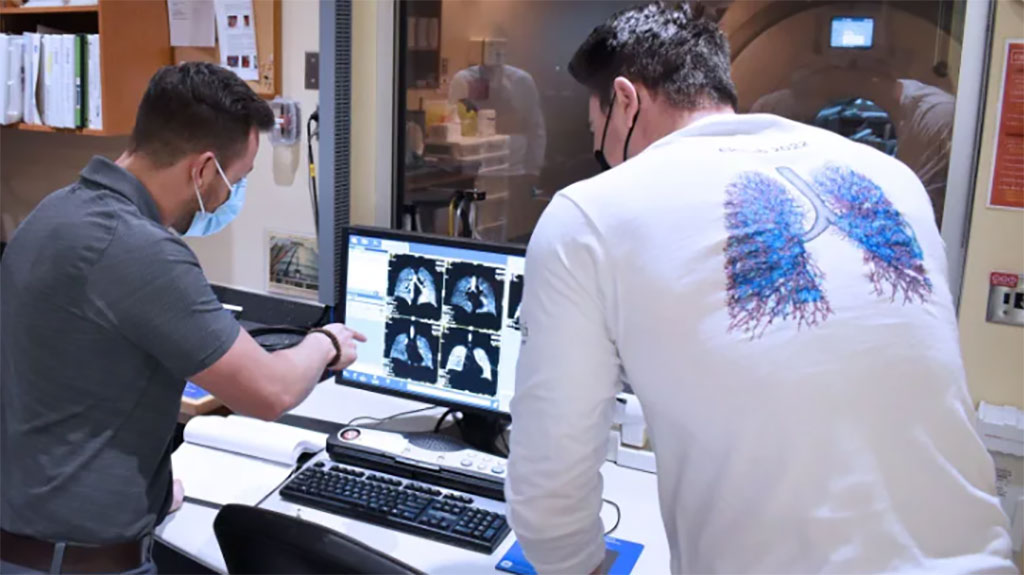MRI Lung-Imaging Technique Shows Cause of Long-COVID Symptoms
Posted on 30 Jun 2022
Many who experience what is now called ‘long-COVID’ report feeling brain fog, breathless, fatigued and limited in doing everyday things, often lasting weeks and months post-infection. Now, for the first time, using functional MRI with inhaled xenon gas, researchers have shown that these debilitating symptoms are related to microscopic abnormalities which affect how oxygen is exchanged from the lungs to the red blood cells.
The LIVECOVIDFREE study led by researchers at Western University (Ontario, Canada) is the largest MRI study of patients with long-COVID and also the first to show a potential cause of long-COVID symptoms. By understanding the cause, team members responsible for patient care have been able to target treatment for these patients. For the study, the researchers recruited patients with suspected long-COVID who were experiencing persistent shortness of breath more than six weeks post-infection. Some study participants were still symptomatic after 35 weeks. The patients who were describing these symptoms were also showing normal results on clinical breathing tests.

By having the study participants inhale polarized xenon gas while inside the MRI, the researchers could see in real-time the function of the 300-500 million tiny alveolar sacs, which are about 1/5 of a mm in diameter and responsible for delivering oxygen to the blood. Further CT scans pointed to ‘abnormal trimming’ of the vascular tree, indicating an impact on the tiny blood vessels that deliver red blood cells to the alveoli to be oxygenated. There also appeared to be no difference in severity of this abnormality between patients who had been hospitalized with COVID-19, and those who recovered without hospitalization, according to the study. This is an important finding as the latest wave of COVID-19 infection has affected large numbers of people who did not need hospital-based care. A one-year follow-up is now underway to better understand these results longitudinally.
“With our MRI technique, we can watch in real-time the air moving through the alveolar membrane and through to the blood cells; and we can actually see the function of the tiny alveolar sacs in the lungs,” said Western University professor Grace Parraga who led the study. “What we saw on the MRI was that the transition of the oxygen into the red blood cells was depressed in these symptomatic patients who had had COVID-19, compared to healthy volunteers.”
“For those who are symptomatic post-COVID, even if they hadn’t had a severe enough infection to be hospitalized, we are seeing this abnormality in the exchange of oxygen across the alveolar membrane into the red blood cells,” added Parraga.
Related Links:
Western University













